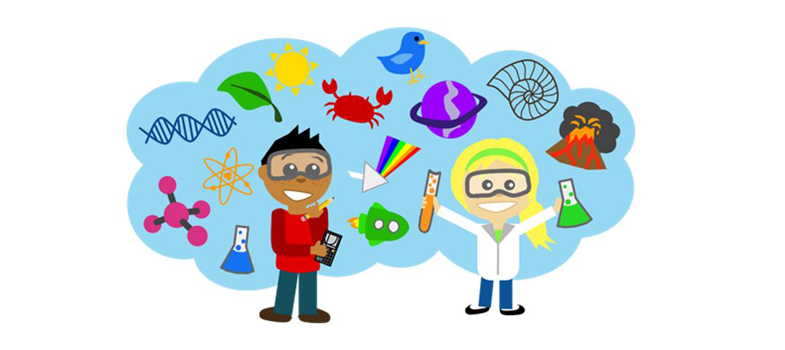2.10 What can we do about it?
Unconscious bias is powerful but the good news is that we are not hard-wired to be discriminatory and we can learn to reduce the impact of our biases on our behaviour. There are a number of things we can do to mitigate our biases:
Short-term
- Accept we are all biased (avoid judgement, blame or defensiveness)
- Be honest about our biases (avoid the urge to only name and admit socially acceptable biases)
- Think about when we might be most biased
- Decide what we will do about it individually/organisationally
Long-term
- Try to break the links in the way we interpret and process information and reduce our unconscious biases
- Ensure that we acknowledge we have unconscious biases and do what we can to manage them impacting on our decision making and behaviour
This is very much a starting point. It takes time and commitment to do this and we need to remember that everyone has biases.
Record in your learning log any instances where biases have been discussed in your school or classroom. How well has this worked? If it’s never happened, how do you think it might work?
Reducing our levels of bias: turning theory into practice
So what actions can we take to manage the impact of our unconscious biases? This has been a question that has interested a number of psychologists. Some of the techniques that they have been tested and found to be effective are:
Challenging stereotypes
- We can challenge stereotypes and use counter stereotypical information
Psychologists have done a number of studies that demonstrate how challenging stereotypes and using counter stereotypical information can impact on unconscious biases.
For example, Dasgupta and Greenwald (2001) found that pro-white implicit bias was reduced when participants in their study were given positive examples of black people (Denzel Washington) and infamous white examples, such as Hitler. The study highlights the importance for staff and students of seeing people in roles that they would not stereotypically be seen in.
Activity 9:
What might challenging stereotypes look like in a school or classroom environment?
Answer
How to challenge stereotypes
- Consider the diversity of examples used in teaching materials, for instance, using the Equate Leading Women of Scotland report http://www.equatescotland.org.uk/ wp-content/ uploads/ 2016/ 12/ Leading-Women-of-Scotland-2016.pdf [Tip: hold Ctrl and click a link to open it in a new tab. (Hide tip)]
- Follow twitter feeds and sign-up to mailing lists which provide alternative viewpoints, such as Ada’s list email group or the #womeninscience and #womeninstem hashtags on twitter.
- Interact with events like International Women’s Day and Black History Month (challenging the idea that history/leadership/power/achievement are male and white domains)
- Consider the imagery used in publications and materials
- Challenge people (cautiously and respectfully) on stereotypes which they use (can be as simple as saying ‘or she’ if someone refers to a job role as ‘he’).
Context
We can use context to explain a situation.
This technique looks for institutional or contextual explanations for a particular outcome rather than looking for explanations in a person’s nature. In one study participants were given scenarios and were asked to assign situational explanations to them, rather than dispositional (Stewart et al, 2010). For example women performing less well in a maths test due to cultural barriers rather than innate genetic deficiencies. In subsequent implicit association tests they showed less gender bias than the control group that had not been asked to focus on situational explanations.
Activity 10
How might context be used in relation to gender and STEM subjects like in a school or classroom environment?
Answer
- Be active in suggesting alternative explanations, so that dispositional/internal explanations do not become normal (as individuals identify the occasions when you accept dispositional explanations and begin to challenge them – start with any statement that suggests behaviour is rooted in genetics (it doesn’t matter that some may be). For instance, if people suggest subject or career choices are due to genetic or natural differences between men and women, you could discuss the influence of societal stereotypes and the views of parents and peers (self-policing) as discussed in section 1.
- Be consciously aware of examples in the curriculum, media and cultural environment where dispositional explanations are promoted and actively consider alternative explanations with pupils.
- Don’t be afraid to discuss structural inequality, gender stereotyping, sexism or to challenge these things when you see them.
Activity 11
Based on what you’ve learned and read, what are the key features of unconscious bias?
Answer
- As individuals and as organisations we make short cuts and assumptions based on our cultural environment, stereotypes and experiences
- These unconscious shortcuts impact on how we view and interpret people. We process a person’s characteristics such as ethnicity, gender, age and disability before we even know we’ve done it. At the same time we also link that person to all the supposed ‘knowledge’ we have of the category with which we have labelled them. The stereotypes and societal assumptions and personal experiences that have framed the category become linked to the individual.
- Crucially, this leads us to make decisions based on stereotypes and cultural norms, and not based on evidence and sound rationale
Activity 12 – Short quiz
You can now attempt Quiz 2.
2.9 Aspects of unconscious bias: stereotype threat
